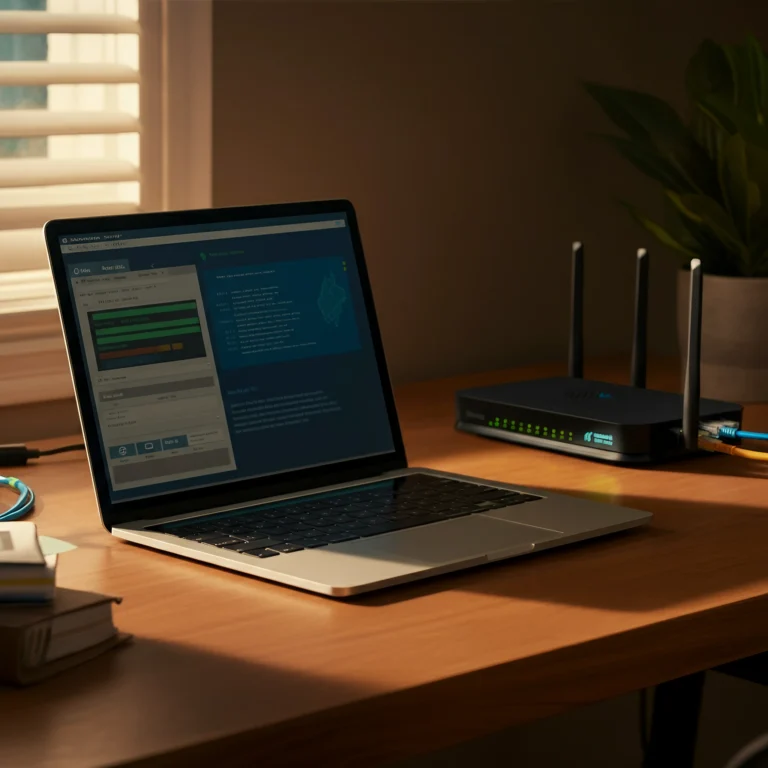
Top 10 Security Best Practices for Edge Cloud Computing
nc ed cloud Edge cloud computing is revolutionizing the way businesses manage data and applications, enabling faster processing and reduced latency by bringing computation closer to where it’s needed. However, with decentralization comes unique security challenges. From safeguarding edge devices to ensuring seamless data flows, security remains a critical concern for IT professionals, cloud architects, and security engineers alike.
This post outlines the top 10 security best practices for edge cloud computing, helping you mitigate risks and ensure your infrastructure is robust, compliant, and ready for future challenges.
Understanding Edge Cloud Security Risks
Before we jump into best practices, it’s essential to understand the main risks associated with edge cloud computing. Unlike traditional centralized systems, edge cloud environments are vulnerable to unique threats, such as:
- Data breaches and cyber threats: Decentralized systems open more points of entry for hackers.
- Edge device vulnerabilities: Devices at the edge of the network, especially IoT devices, are often less secure than infrastructure-grade hardware.
- Network attacks and latency issues: Disruptions, such as DDoS (Distributed Denial of Service) attacks, can cripple your edge ecosystem.
Now that we know the risks, let’s explore how to defend against them.
Implement Strong Data Encryption nc ed cloud
Data is invaluable—which means it’s also a prime target for cyberattacks. To ensure its safety:
- Encrypt data at rest and in transit. This protects data from unauthorized access, even if systems are compromised.
- Use AES-256 encryption for robust security and incorporate end-to-end encryption to safeguard data flow between devices and the cloud.
A well-encrypted system acts as a first line of defense and ensures data confidentiality.
nc ed cloud Adopt Zero Trust Architecture (ZTA)
When it comes to edge cloud computing, trust nothing and verify everything.
- Implement Zero Trust Architecture, where all users, devices, and systems must prove their identities before gaining access.
- Use multi-factor authentication (MFA) and role-based access control (RBAC) to ensure only authorized individuals access sensitive resources.
ZTA dramatically reduces the chances of a breach by making it difficult for unauthorized entities to infiltrate.
Secure APIs and Endpoints
APIs power communication between systems in your edge architecture but are often vulnerable entry points.
- nc ed cloud Secure APIs using OAuth 2.0, which provides an additional layer of authentication.
- Regularly perform scans to identify API vulnerabilities that could be exploited.
Remember, an unsecure API is like leaving the front door open to intruders.
Regular Software and Firmware Updates
Unpatched software and firmware are a hacker’s playground.
- Continuously update edge devices, IoT sensors, and related software to fix vulnerabilities.
- Enable automatic security updates to ensure you don’t leave gaps in protection.
Think of every update as a critical layer of armor for your edge ecosystem.
Use AI-Powered Threat Detection
The complexity of edge networks requires intelligent threat detection.
- Deploy machine learning (ML) models, which can detect abnormal patterns and stop threats in their tracks.
- Implement intrusion detection systems (IDS) and intrusion prevention systems (IPS) for real-time monitoring and proactive defense.
AI quickly adapts to evolving threats, keeping your edge infrastructure one step ahead of attackers.
Implement Network Segmentation
Segmenting your network minimizes the impact of breaches.
- Separate your edge networks from core cloud infrastructure to contain potential threats.
- Use firewalls and virtual LANs (VLANs) to create secure communication channels.
Network segmentation reduces the “blast radius” should a breach occur.
Strengthen Identity and Access Management (IAM)
Identity is everything in the cloud security world.
- Ensure secure logins with biometric authentication or passwordless systems.
- Implement least privilege access (LPA) policies, where users are granted access only to what’s necessary for their work.
Strong IAM practices minimize human error and insider threats.
Monitor and Audit Edge Security Logs
You can’t fix what you don’t know about.
- Use Security Information and Event Management (SIEM) tools to aggregate and analyze logs from across your edge ecosystem.
- Conduct routine security audits and penetration testing to identify vulnerabilities.
Continuous monitoring is key to maintaining a secure and resilient network.
Secure Physical Edge Infrastructure nc ed cloud
Not all threats come from the digital world. Physical security is equally important.
- Protect edge servers and IoT devices with tamper-proof hardware.
- Use GPS tracking devices to secure assets in transit.
Physical security measures ensure your edge devices are as safe as the data they store.
Ensure Compliance with Security Regulations
Compliance isn’t optional, particularly for industries like healthcare and finance.
- Align with regulations like GDPR, HIPAA, and ISO 27001.
- Maintain detailed security documentation to facilitate audits as required.
Adhering to these frameworks not only secures your systems but also boosts client trust.
Disaster Recovery and Incident Response Planning
Despite your best efforts, breaches can still happen. When they do, you need a plan.
- Create a backup strategy for your edge data to ensure continuity.
- Use automated failovers and redundancy to minimize downtime during incidents.
Being prepared can mean the difference between a minor hiccup and a major crisis.
Real-World Success Story
Meet “SecureEdge Inc.,” a company that implemented these security best practices across its edge environment. By adopting Zero Trust Architecture, deploying AI-powered intrusion prevention, and regularly auditing their systems, SecureEdge reduced network breaches by 85% within the first year.
Their success underscores the importance of a proactive and multi-layered approach to edge cloud security.
Building a Secure Edge Cloud for the Future
Securing edge cloud computing environments requires a balance of technology, strategy, and people. By implementing these top 10 best practices, you’ll not only protect your infrastructure but also gain a competitive edge in the evolving cloud landscape.
Remember, security isn’t a one-off task. It’s a process of constant monitoring, improvement, and adaptation.
Are you ready to future-proof your edge cloud environment? Start by adopting these strategies today and explore industry-leading tools that help you implement them efficiently.



4 thoughts on “nc ed cloud: Top 10 Security Practices for Edge Cloud Computing”